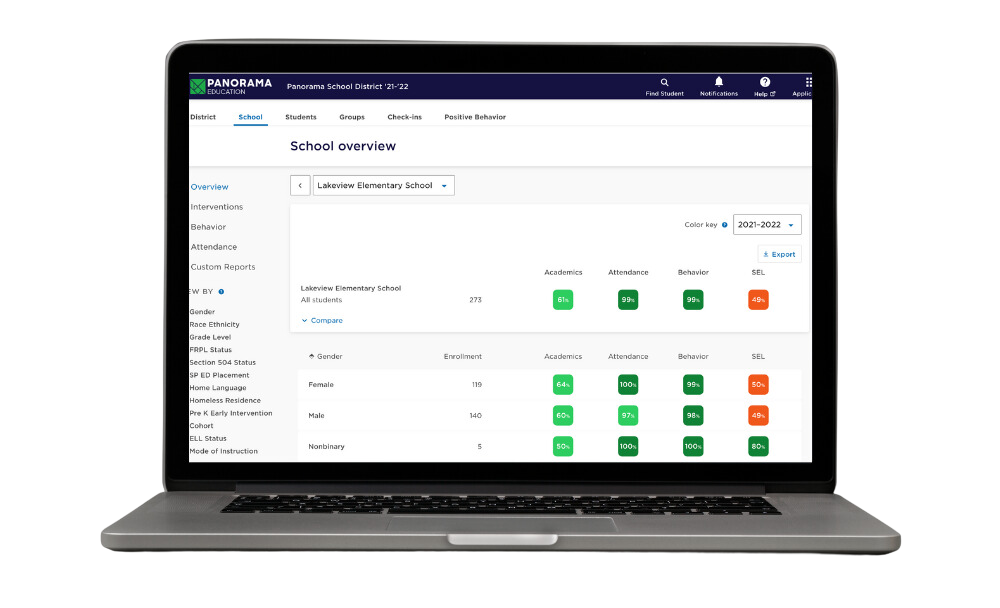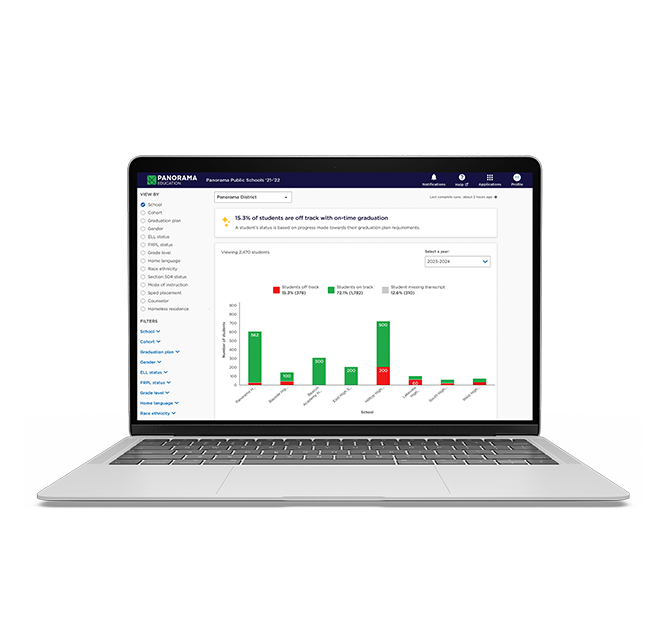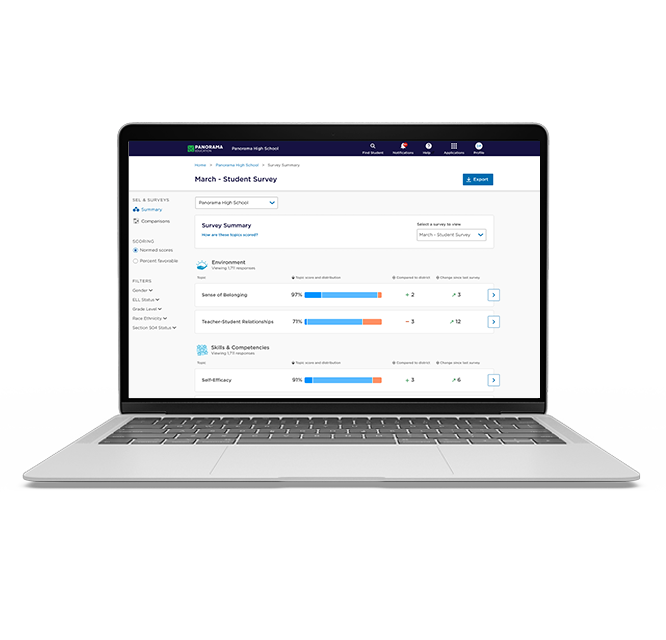Facing the dual pressures of state compliance and limited teacher capacity, leaders at West Carrollton City Schools—serving 3,300 students across six schools in Ohio—knew they needed a new kind of support. The district turned to safe and secure AI to streamline documentation, ensure compliance, and empower teachers to deliver personalized, standards-aligned instruction.
Challenges
- Teachers were managing a high workload of state-mandated documentation for behavior incidents and Reading Improvement and Monitoring Plans (RIMPs) using fragmented systems and minimal automation.
- Teachers had little time to personalize instruction while managing compliance demands.
- Educators needed secure, trustworthy AI tools—not public AI tools, like ChatGPT, that risk student data and lack alignment with district goals.
Solution
Results
- School and district administrators saved 4-5 hours per quarter by streamlining behavior documentation workflows with auto-filled state reporting forms.
- Teachers saved hours during back-to-school season by auto-filling data for up to 90 RIMPs each.
- The district streamlined behavior documentation processes and improved legal compliance.
- Teachers created secure, personalized lesson plans aligned to Ohio standards using real-time student data.
- Districtwide mindsets on AI shifted toward intentional use that enhances—rather than replaces—professional judgment.
Challenges
West Carrollton City Schools, a small suburban district in Ohio, faced mounting pressures from state mandates, staffing constraints, and the need for accurate, timely documentation. Like all districts in Ohio, West Carrollton is required to produce Reading Improvement and Monitoring Plans (RIMPs) for all students who do not pass the third-grade reading assessment. These plans are complex, requiring detailed evidence, intervention strategies, and timelines.
For many teachers, this meant writing and updating RIMPs for up to 90 students, twice per year. This documentation load quickly became overwhelming, especially at the beginning of the year when teachers were trying to get to know their students and build routines.
The pressure extended beyond academics. Ohio law mandates strict behavior reporting for events like suspensions, seclusions, and expulsions. These forms are high-stakes and time-sensitive. If a document is inaccurate or delayed, parents can challenge it—and the district is held accountable. This process relied on external systems and required hours of manual work from principals and EMIS (Education Management Information System) coordinators.
At the same time, more educators were experimenting with OpenAI tools to streamline their workload. While intriguing, these tools came with a catch: they weren’t secure. “It’s not okay to use ChatGPT with student data,” said Julie Jones, the district’s former Curriculum Director. “We needed something that respected privacy and connected to the systems we already trust.”
Solution
While the district had used Panorama Student Success for several years, West Carrollton’s transformation accelerated with the introduction of Panorama Solara in 2024. Instead of layering on a standalone AI tool, leaders saw an opportunity to deepen their work with Panorama by embedding AI directly into systems teachers already knew and trusted.
They started by rebuilding their RIMP process inside Solara. Teachers could now pull up a secure, pre-filled template that integrated real-time data from Student Success, like standardized test scores and intervention details. “It’s the same format teachers are used to, but it saves them hours,” Julie shared. Instead of spending time pulling data, educators can focus on actually delivering the intervention.

With Panorama Solara, districts can access, edit, and organize reusable prompts and templates from a single page—helping your teams work smarter to support district goals and student achievement.
Behavior documentation was next, with more than nine forms required by the state for discipline incidents. The team recreated each one digitally in Solara. Using data from Student Success, these forms could now be auto-filled with attendance records, behavior notes, and discipline history. Principals and EMIS staff could generate reports quickly and consistently—and share them with stakeholders and parents with confidence.
But perhaps most transformative has been how Solara supports instructional planning. Teachers use the platform to design small-group lessons based on real student data, aligned to Ohio’s academic standards. Unlike generic AI tools, Solara respects privacy and operates within the district’s secure systems. Julie emphasized that Solara doesn’t write just any lesson—it helps educators design the right lesson for the right students, grounded in real-time data. And that’s why, as Julie said, “There’s nothing else like it.”
Leaders also emphasized the importance of professional learning. Julie modeled Solara’s use in screen shares and informal PD sessions to walk teachers through real use cases—from creating RIMPs to designing personalized interventions. The goal was for teachers to feel confident using Solara and recognize the tool as a way to support their thinking, not replace it.
Results
The impact of Solara at West Carrollton City Schools has been immediate and multifaceted. Teachers across the district have saved hours on documentation, particularly at the beginning of the year when RIMP planning and behavior reports collide with the demands of classroom setup. “Solara saves so much time for the teacher,” Julie said.
Behavior reports are now submitted with greater speed and accuracy, reducing legal risk and improving trust and transparency with families. What used to take administrators four to five hours per quarter can now be completed in a fraction of the time.
Perhaps most importantly, Solara has helped the district redefine how AI can be used in education—not as a shortcut, but as a safeguard of educators’ time, judgment, and humanity. Julie’s vision centers on using AI to empower educators—not automate them. She believes district leaders have a responsibility to guide staff in using AI ethically, securely, and strategically, especially when working with sensitive student data.
“There’s a fine line between meaningful and menial work,” Julie reflected. “We have to keep thinking, creating, and connecting as professionals. But if AI can help us do that by taking care of the repetitive tasks, we should let it—responsibly."










![How AI Ready Is Your District? [Infographic]](https://www.panoramaed.com/hubfs/iStock-1912513615.jpg)